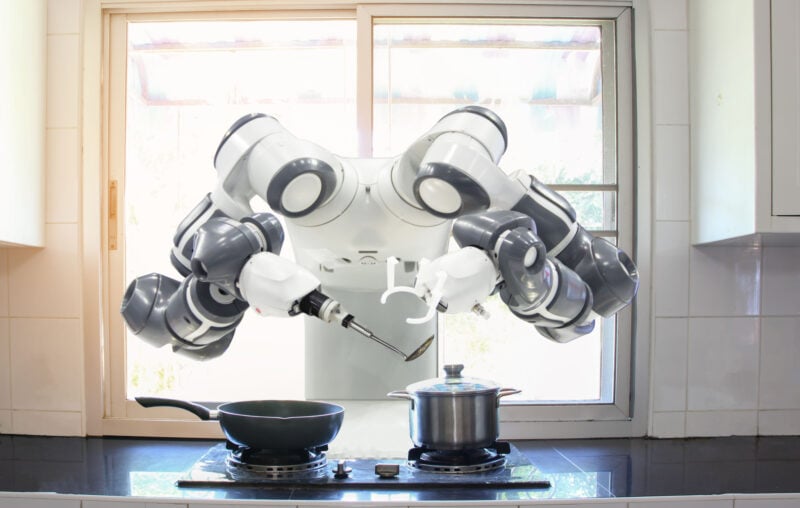Artificial Intelligence (AI) has been making waves in various industries, including the food industry. With the rise of AI-powered kitchen appliances and robots, the question arises: is AI a lunch thief or a lunch maker?
On one hand, AI can be seen as a lunch thief. With the ability to automate tasks and streamline processes, AI-powered machines can replace human workers in the kitchen. This can lead to job loss and a decrease in the quality of food being prepared. Additionally, there are concerns about the safety of AI-powered machines in the kitchen, as they may malfunction and cause harm to workers or customers.
On the other hand, AI can also be seen as a lunch maker. With the ability to analyze data and make predictions, AI can help chefs and restaurant owners make informed decisions about menu items, pricing, and inventory management. AI-powered machines can also improve the efficiency of the kitchen, allowing for faster service and fresher food. Furthermore, AI can help reduce food waste by predicting demand and adjusting production accordingly.
Despite the potential benefits of AI in the food industry, there are still concerns about its impact on the workforce and the quality of food being prepared. It is important for companies to consider the ethical implications of implementing AI in their kitchens and to ensure that workers are not being replaced by machines.
In conclusion, AI can be both a lunch thief and a lunch maker. It is up to companies to weigh the benefits and drawbacks of implementing AI in their kitchens and to ensure that the technology is being used ethically and responsibly. With careful consideration and planning, AI has the potential to revolutionize the food industry and improve the dining experience for customers.







